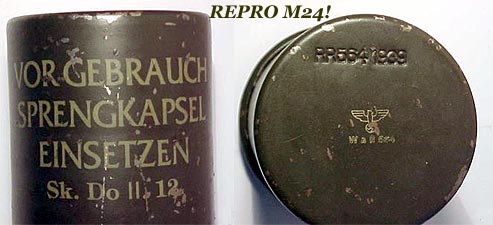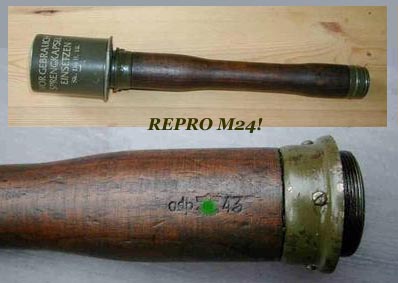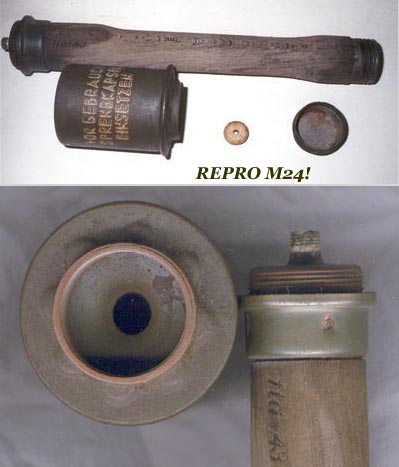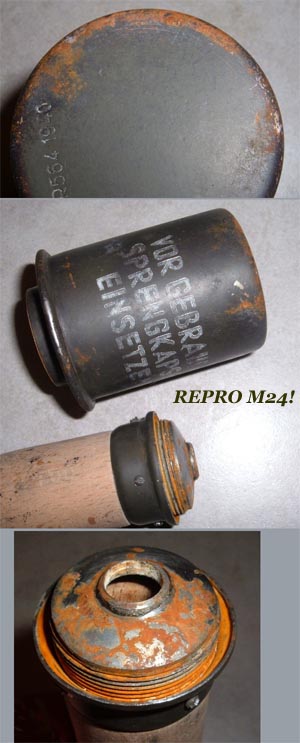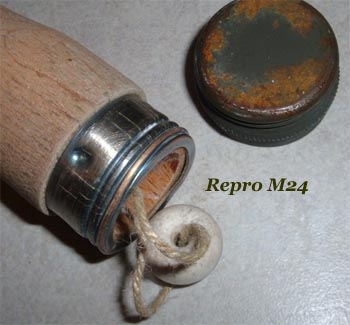|
|
Items such as these are often described using various flowery terms
such as "authentic", "honest", "superb", "true piece of history", etc.., or sometimes with hardly a word. Descriptions can be outright lies or carefully composed truths of omission. When sellers were sometimes questioned about their items, a very few acknowledged their error and put things to right. Many, unfortunately, refused to admit any impropriety and often hid behind stories such as
"The guy I bought it from was a old vet who picked this up during the war and had it in his attic forever......" or some such.
Some became indignant that they should even be questioned on the matter.
It has been my personal experience that honest sellers are easy going and pleasant when questioned about their stuff, usually more than willing to listen and will admit when they might be wrong - we all make mistakes. Testy and arrogant people usually are the ones hiding something and will often try to put you on the defensive. Think about it, if their "rare and exceptional" grenade is truly that, they should have no problem selling, so why the compliant? Don't be intimidated.
The bottom line... unless you know your seller to be true or at least have a money back guarantee, you will have to rely on your own eyes and common sense. Don't assume more than you can see and remember to buy the item, not
the story!
Good Luck and Happy Hunting! -ej
|

